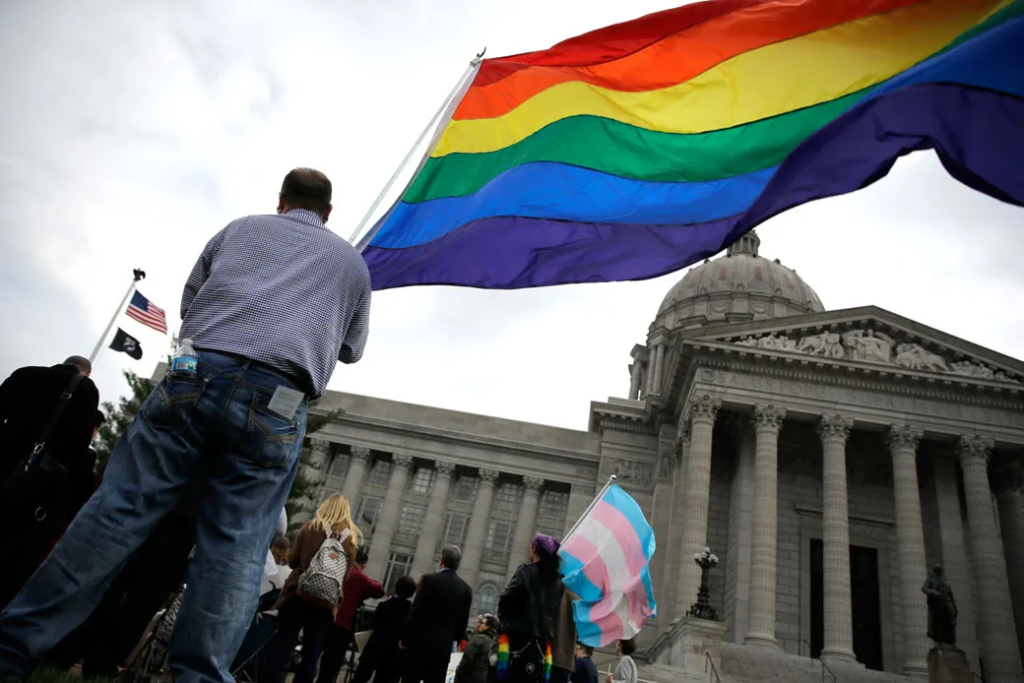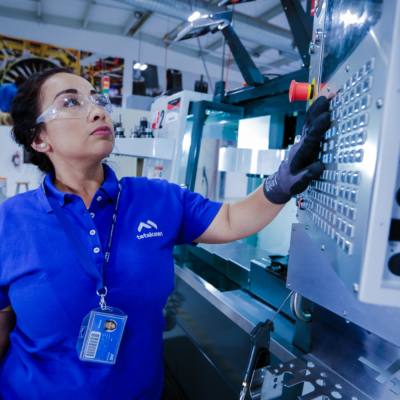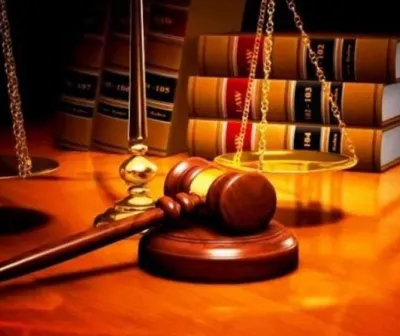In recent years, the fight for LGBTQ+ rights has gained unprecedented visibility and momentum. From marriage equality and anti-discrimination protections to cultural recognition and media representation, significant progress has been made. Yet alongside these victories, backlash, legal challenges, and ongoing prejudice remind us that equality is not fully realized.
The LGBTQ+ community encompasses a wide spectrum of identities—lesbian, gay, bisexual, transgender, queer, and others—each with unique experiences, struggles, and aspirations. Understanding recent trends in law, culture, public attitudes, and protections requires looking not just at policy but at the lived experiences of people navigating a society in transition.
Legal Milestones and Protections
The legal landscape for LGBTQ+ rights has evolved dramatically over the past decade. Marriage equality, a landmark achievement, has opened doors to recognition, social acceptance, and economic protections. Beyond marriage, legislation surrounding workplace protections, healthcare access, adoption, and military service has expanded in many regions.
Federal and state protections vary, creating a patchwork of rights. Some states have enacted comprehensive anti-discrimination laws covering employment, housing, and public accommodations, while others have resisted or rolled back protections. Courts continue to play a pivotal role, interpreting laws and setting precedents that affect millions of people.
Transgender rights, in particular, have emerged as a critical focus. Policies surrounding access to healthcare, gender marker changes on official documents, and participation in public life have been fiercely debated, with legal protections often contested. The fight for equality remains dynamic, reflecting the complex interplay between law, politics, and societal values.

Cultural Recognition and Representation
Legal victories are only one aspect of progress. Cultural recognition has also grown significantly. Media representation, from television and film to social media, has amplified LGBTQ+ voices and stories. Visibility matters—it challenges stereotypes, fosters empathy, and provides role models for young people exploring their identities.
Communities and allies have created spaces for expression and support. Pride events, advocacy organizations, and online communities provide solidarity, information, and activism. Cultural shifts are also seen in everyday life, from workplaces adopting inclusive policies to schools incorporating LGBTQ+ education and resources.
Representation, however, is uneven. While metropolitan and progressive areas often embrace diversity, rural and conservative regions may lag, leaving many LGBTQ+ individuals without visible support networks. The cultural journey toward acceptance is ongoing and requires persistent effort to reach those still marginalized.
Public Attitudes and Social Change
Public opinion on LGBTQ+ rights has shifted dramatically over recent years. Surveys indicate growing acceptance of same-sex relationships, LGBTQ+ family structures, and the rights of transgender individuals, particularly among younger generations. This shift reflects a broader social trend toward inclusivity, fueled by exposure, education, and the visibility of LGBTQ+ people in public life.
Yet acceptance is not universal. Many still face prejudice, microaggressions, and systemic discrimination. Religion, cultural norms, and political ideology influence attitudes, creating areas of tension where social acceptance and legal protections collide. Understanding public sentiment is essential for crafting effective policies, education programs, and community outreach.
Backlash and Ongoing Challenges
Progress in LGBTQ+ rights has not gone unchallenged. Backlash can take many forms, including restrictive laws, political rhetoric, and social stigmatization. Some states have proposed or enacted policies limiting the rights of transgender individuals in healthcare, sports, and public facilities. Others have debated “religious freedom” laws that can conflict with LGBTQ+ protections.
These actions highlight the fragility of progress and the persistence of societal divisions. Backlash is not limited to legislation; it can manifest in harassment, bullying, and exclusion. The emotional and psychological toll on LGBTQ+ individuals facing hostility or uncertainty cannot be overstated, reinforcing the need for ongoing support networks, mental health resources, and advocacy.
Protections and Advocacy Efforts
Despite challenges, protections exist and advocacy continues to strengthen them. Anti-discrimination laws, workplace protections, and hate crime statutes provide crucial legal safeguards. Courts and civil rights organizations play a central role in defending these rights and challenging violations.
Grassroots activism remains vital. Local organizations, youth programs, and community centers create safe spaces and resources for LGBTQ+ individuals. Allies, both within and outside the community, amplify voices, lobby for policy changes, and challenge prejudice in daily life. Advocacy is both legal and cultural, recognizing that rights without social acceptance are incomplete.
Mental Health and Social Well-being
The human impact of LGBTQ+ rights extends beyond legal status. Mental health is deeply affected by societal acceptance, discrimination, and personal experiences of identity validation or rejection. Studies consistently show that LGBTQ+ individuals facing stigma are at higher risk of anxiety, depression, and suicidal thoughts.
Creating supportive environments—through inclusive schools, affirming healthcare, and community networks—directly improves mental health outcomes. The affirmation of identity, recognition of relationships, and access to safe spaces are not just matters of principle—they are essential to the well-being of individuals and communities.
Education and Youth Empowerment
Young LGBTQ+ people experience unique challenges as they navigate school, family, and social life. Education systems play a critical role in shaping experiences. Inclusive curricula, anti-bullying policies, and supportive staff can drastically improve the lives of LGBTQ+ youth.
Organizations and mentorship programs provide guidance and advocacy, helping young people explore their identities safely. Empowerment through education is a long-term strategy for building acceptance, reducing prejudice, and cultivating a generation that values equality and inclusion.
Intersectionality and Diversity
The LGBTQ+ community is not monolithic. Experiences differ based on race, ethnicity, socioeconomic status, disability, and geographic location. Intersectional approaches recognize that LGBTQ+ people of color, disabled individuals, and those from marginalized communities face compounded challenges.
Policies and advocacy must reflect this diversity. Legal protections, healthcare access, and cultural representation should consider multiple identities simultaneously to ensure equity and inclusion. Intersectionality strengthens the movement by acknowledging complexity rather than simplifying experiences.

Global Context and Inspiration
While the focus is on the United States, it is important to recognize global trends. LGBTQ+ rights vary worldwide, with some countries offering comprehensive protections and others imposing harsh restrictions. International advocacy, visibility campaigns, and transnational support networks provide inspiration and solidarity, demonstrating that progress is achievable even in challenging environments.
The global perspective also reminds Americans that legal victories, cultural recognition, and public acceptance are part of a larger, ongoing struggle for human dignity and equality. Learning from successes and failures abroad can inform domestic strategies for change.
Hope, Resilience, and the Path Forward
Despite setbacks, the LGBTQ+ community continues to demonstrate resilience and hope. Legal gains, cultural representation, and growing public support provide a foundation for further progress. Allies, educators, policymakers, and advocates play critical roles in sustaining momentum.
The path forward requires vigilance, empathy, and courage. Protecting rights, expanding protections, and fostering inclusive communities are not abstract goals—they are practical, achievable, and necessary. Every act of support, every policy change, and every cultural shift contributes to a society where LGBTQ+ individuals can live safely, openly, and with dignity.
Conclusion
The story of LGBTQ+ rights in recent years is one of both triumph and challenge. Legal milestones, cultural recognition, and growing acceptance showcase progress, while backlash and ongoing discrimination highlight the work that remains. Public attitudes continue to shift, advocacy strengthens protections, and the resilience of LGBTQ+ individuals inspires hope.
Equality is not a destination but a journey, one that requires continuous effort from all sectors of society. By understanding law, culture, public attitudes, and the human experiences behind the headlines, America can build a future where LGBTQ+ individuals live authentically, safely, and proudly. The fight for rights is a fight for human dignity—and it is far from over.
Do Follow USA Glory On Instagram
Read Next – Transforming Housing: Powerful Solutions to End Homelessness Now






